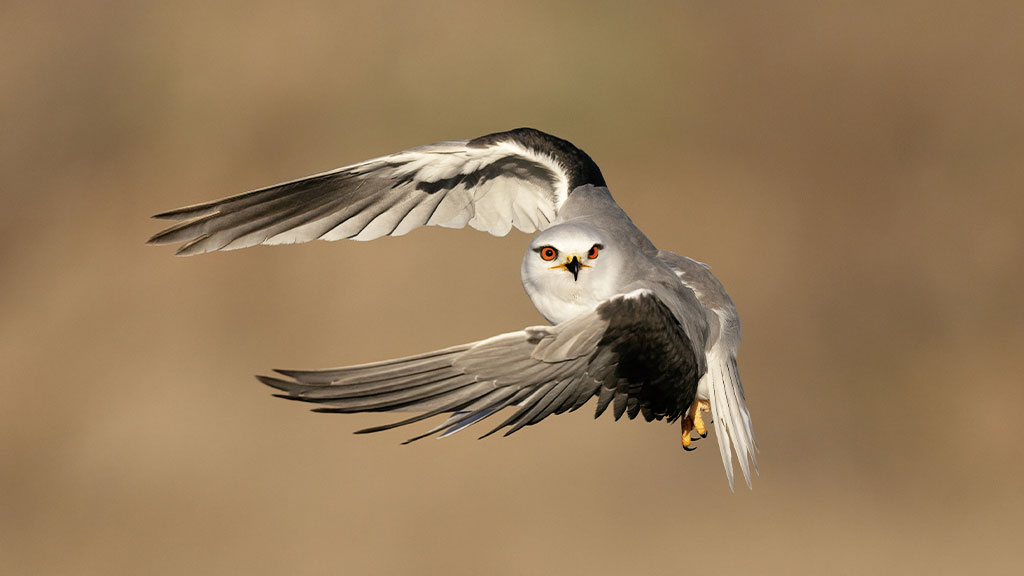Can birds survive devastating storms?
Climate change is causing heavier rain and stronger storms, bringing untold damage and destruction to people, businesses and livelihoods. But how do birds and other wildlife fare during these extreme weather events?
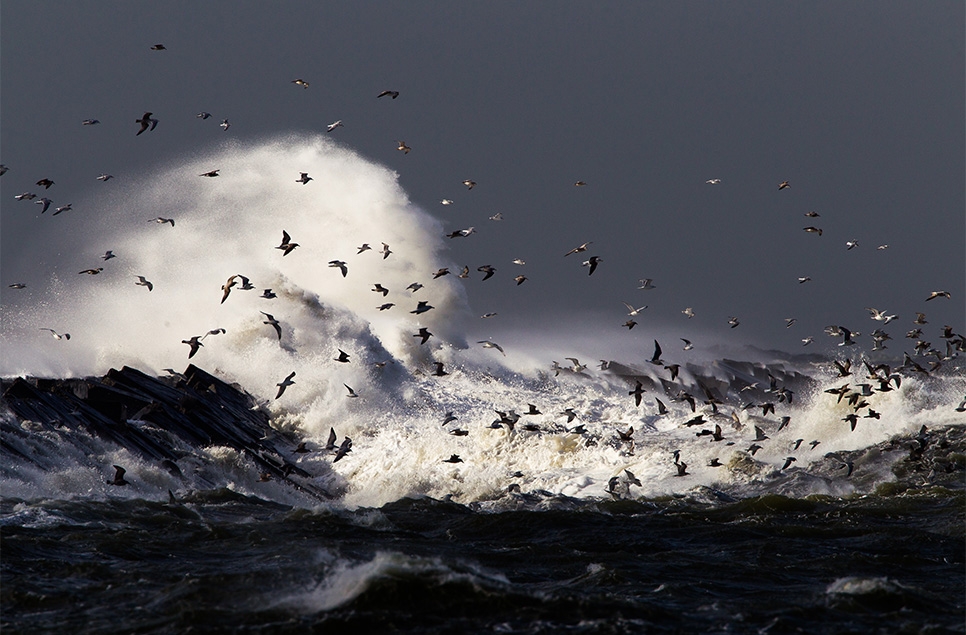
How do storms affect birds on migration?
Autumn storms can seriously push birds off-course whilst on migration. This is the cause of most of the records of American birds arriving in the UK – they’re migrating down the eastern seaboard of the USA when a westerly-moving storm sweeps them across the Atlantic. This happens most often to ducks and waders, but also to thrushes and warblers too.
Storms can blow in waifs and strays from even further afield. In early November 2023, a ‘storm wigeon’ – a variant of American wigeon from north west USA - was found on Anglesey.
In Europe, strong winds and lower temperatures are what encourages many birds to start out on their autumn migrations. Swans, geese, ducks, thrushes and finches all head across to the UK to spend the winter here, because of these weather conditions.
During the winter, Arctic bird species might be seen around UK waters because of northerly storms. This could include species such as Iceland gull and Ross’ gull.
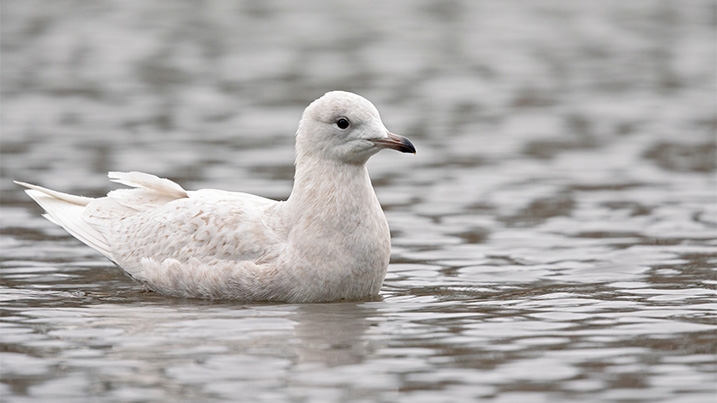
How do seabirds fare in stronger storms?
Many species of seabird spend much of their year feeding out at sea, including shearwaters, petrels and skuas. From late summer right through to spring, high winds across the Atlantic can blow them close to shore, as happened in November 2023 on the English south coast, during Storm Ciaran.
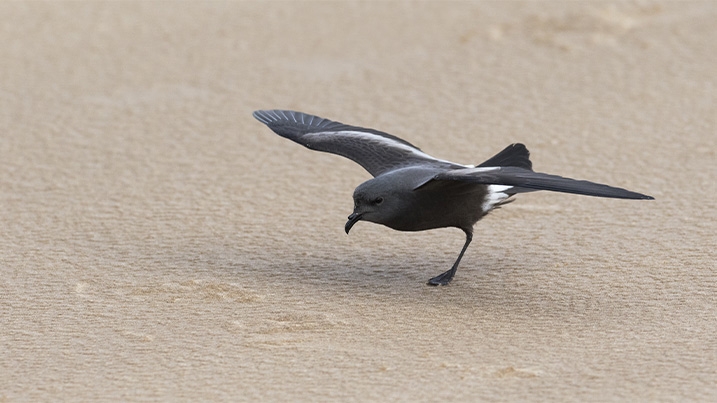
In exceptionally strong winds, seabirds that usually feed well out in the Atlantic Ocean can get blown far inland and end up on rivers and lakes, like the Cory’s shearwater that was found at Rutland Water back in 2017.
Can birds feed and stay safe in a storm?
Many land-based birds can fly elsewhere ahead of a storm and return when weather conditions have improved. Others hunker down until the worst passes and they can come out to feed again, tucking themselves against the trunk of a tree, nestling under branches or brush or seeking out hidden cavities.
It’s the seabirds that often bear the brunt of the worst weather. Continued storms can mean finding food becomes a real challenge. There are many reports over the years of seabirds such as puffins, guillemots and razorbills dying, sometimes in their thousands, as repeated storms mean they struggle to feed.
In 2013, up to 50,000 dead seabirds were washed up in west Wales due to winter storms. We’re only ever able to see the number that wash up on the coasts – unknown numbers will die out at sea.
Many ‘wrecked’ seabirds that arrive at the coast alive unfortunately succumb to exhaustion, or become food for gulls, corvids and raptors. Some are found and taken into care, but their specialist diets of zooplankton, crustaceans and small fish are tough to replicate.
What danger do storms pose for our coastal habitats?
Many of our most valuable wetland habitats and nature reserves are found along our coasts. They’re not just important for birds. They also provide important homes for many endangered animals.
But when weather systems, such as low pressure, strong winds and rain, coincide with high tides, they can create a storm surge that can engulf an entire coastal ecosystem with dramatic and sometimes devastating effects.
Saltmarshes can become completely flooded; sand dunes can shift rapidly or be entirely blown away. In February 2022, Storms Dudley, Eunice and then Franklin hit the UK within one week, having serious knock-on effects for species like the natterjack toad at Formby in Lancashire , that rely on these fragile natural environments.
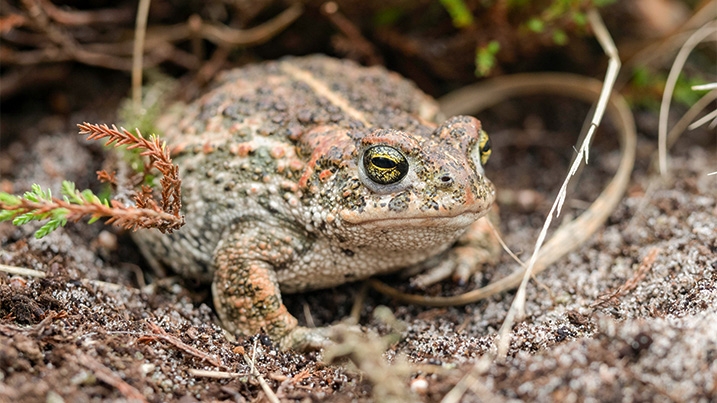
In 2013 when a severe storm surge hit the east coast, near Blakeney, on the north Norfolk coast, mute swans and even a grey seal were seen happily swimming along the flooded coast road. And as the tide receded, mobs of black-headed and common gulls flew in to feast on earthworms.
Less adaptable birds fared worse, with the entire reedbed habitat flattened, groups of bearded reedlings only had bramble bushes to perch on.
A story of survival, but not for all
However, the famous seal colony at Blakeney Point managed to weather the storm. There were fears the seal pups would fall victim to the high tides that flooded their breeding grounds. But luckily the majority of seals and pups managed to reach higher ground on the sand dunes and so escape the worst of the surge.
Sadly this wasn’t the case at St Abbs Head, Scottish Borders in December 2021, where Storm Arwen took the lives of 800 of the 1,780 seal pups.
Do birds know a storm is coming?
There’s some evidence birds can detect storms in advance and are able to evade them. It’s been discovered they can hear infrasound (a very low frequency noise) of an approaching storm, that then prompts them to leave the area. If this is on breeding grounds, they might go many hundreds of miles in a round trip, to avoid the storm and get back to their chosen nesting site once weather conditions have improved.
What is the best weather to get out and see birds?
You can see different birds at different times. Watching the coastline in the right winds could mean you spot species which normally feed further out in the Atlantic like shearwaters, petrels, skuas and terns, as they are blown close to shore.
After a storm, you might find birds on inland lakes and reservoirs that would normally be on the coast, such as shags and red-throated divers, as happened recently after Storm Babet in October 2023.
After prolonged periods of stormy weather, many land birds will be hungry as they have been unable to feed properly and it can be a good time to spot thrushes on berries, or day-flying barn owls.
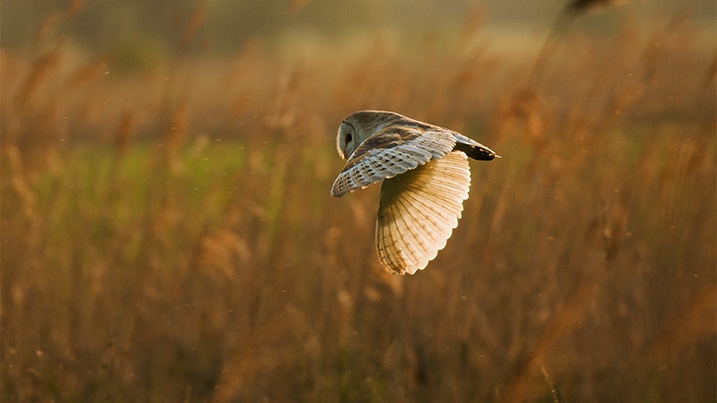
How can I help birds caught in a storm?
Initially, if you find an injured bird, then you can report it to your nearest wildlife rescue. They can try to help, but feeding birds with specialist diets is tough.
You can also help birds by giving them space after stormy weather so they can feed and recuperate. This can be particularly true of owls in the wintertime. If they are out feeding in the daytime, it may mean they’re hungry and can’t find food at night. So be sure not to disturb them, but this goes for any bird.
One of the best ways to keep birds safe is by making sure they have enough quality habitat, food and breeding areas to bounce-back after a storm. And one of the best ways we can do this, is by providing healthy wetlands where nature can live and thrive. This is why we’re calling for the creation and restoration of 100,000 hectares of wetlands in the UK by 2050.
If you’re new to birding and want to find out where to find vagrants and rarities, checkout the latest wildlife sightings on the social channels of your nearest WWT wetland centre.
Visit now
